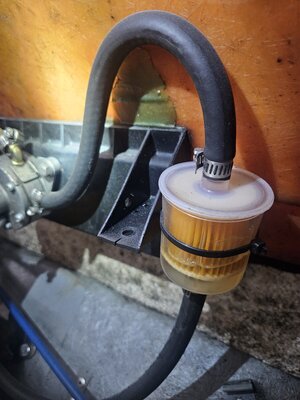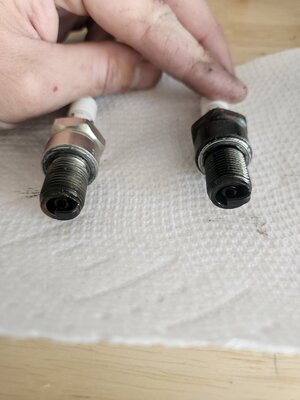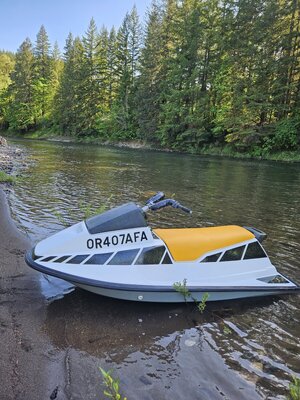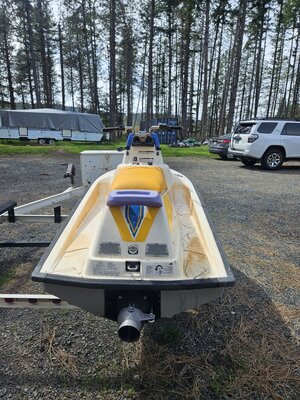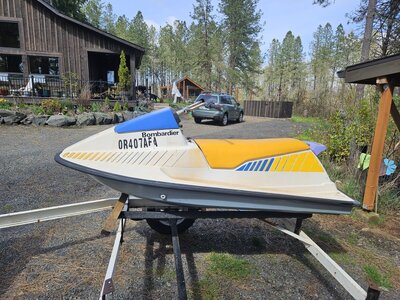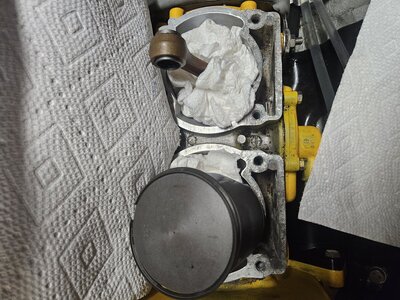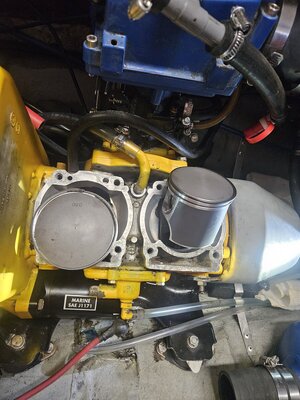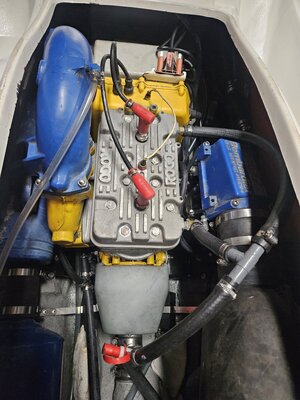Hello, I have a 90' XP that I just recently revived from a pig farm. The ski works great... when I get it started haha. My issue is that if it has been sitting for some time or if it's running and I shut it off for >5min it has difficulty starting. It will eventually start but it takes me pressing the start button probably 6-10 times for 2-4 seconds at a time for it to actually get going. Right before I actually get it started, after it's been sitting, it sounds like it has a weak sputter almost like it's having to re-prime everything with fuel. The odd thing about this is that when I'm riding it and shut it off, fall off, etc. for a short period of time and try to restart it, it fires right up without any sort of difficulty. Any help would be wonderful!
Things I've done to this ski:
-New battery
-All new fuel & oil lines
-New fuel filter
-Tore apart and cleaned carburetor and oil pump assembly
-Rattle can paint job
Also I stripped this ski all the way down to just the hull and cleaned everything from oil and fuel tank to the jet pump
Things I've done to this ski:
-New battery
-All new fuel & oil lines
-New fuel filter
-Tore apart and cleaned carburetor and oil pump assembly
-Rattle can paint job
Also I stripped this ski all the way down to just the hull and cleaned everything from oil and fuel tank to the jet pump




